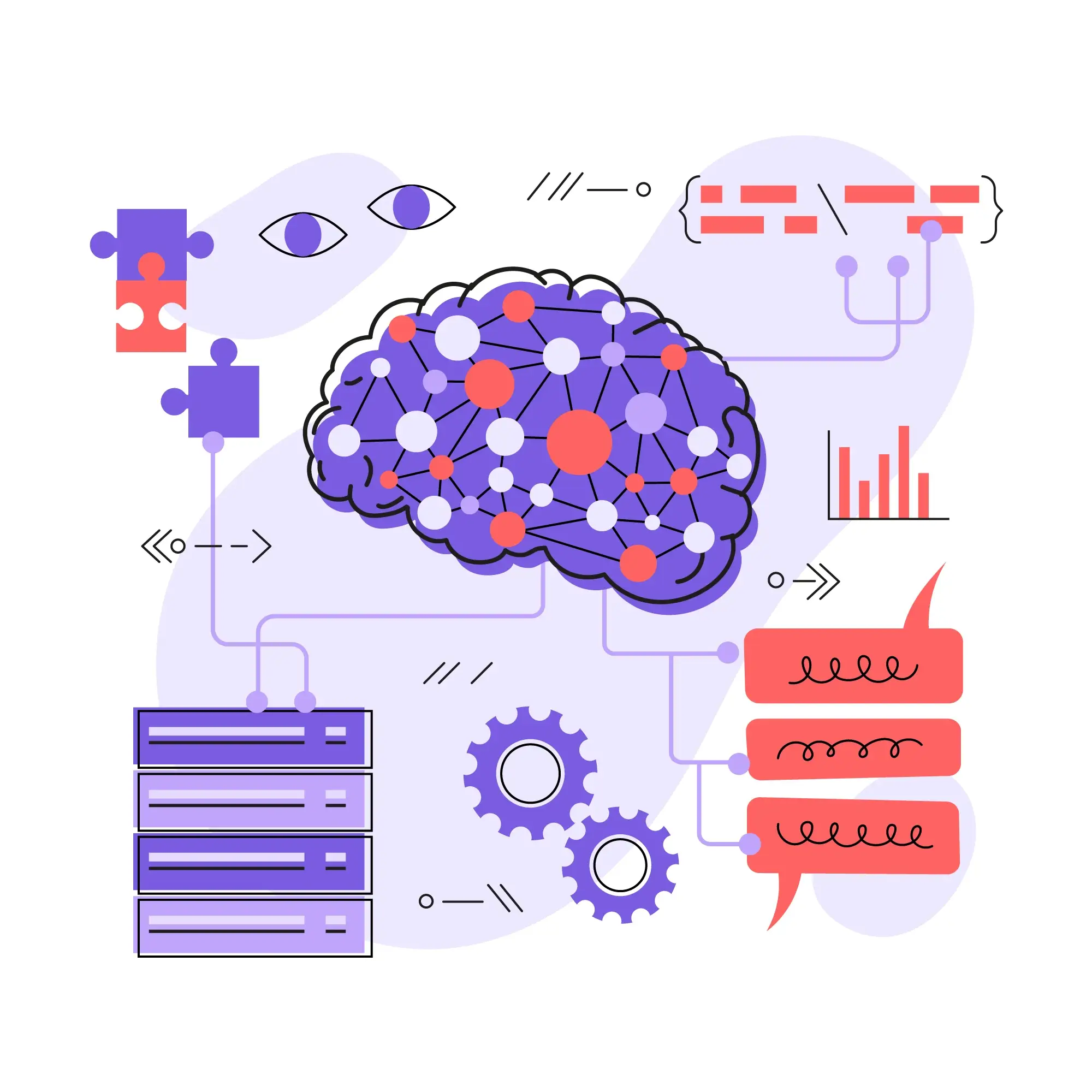8 Practical MLOps Best Practices for Model Deployment
Here are the best practices for MLOps to build scalable, production-ready machine learning systems, covering everything from version control and CI/CD to monitoring, governance, and retraining.

Here are the best practices for MLOps to build scalable, production-ready machine learning systems, covering everything from version control and CI/CD to monitoring, governance, and retraining.
Machine learning isn’t deterministic. Two runs can produce different outputs (even with the same code) if the data or environment changes. That’s why versioning is foundational.
Best Practices:
→ Use Git for source control of pipelines and training code.
→ Version datasets with tools like DVC, LakeFS, or Delta Lake.
→ Track and register models using MLflow, SageMaker Model Registry, or Vertex AI.
→ Maintain a Feature Store so features are consistent across training and inference.
Pro Tip: Tag every model in production with the exact dataset, code commit, and hyperparameters used during training.
Manual ML deployment invites drift, duplication, and downtime. Automation eliminates this risk.
Best Practices:
→ Set up CI pipelines to validate code, run unit tests, and check data quality.
→ Use CD pipelines to push models to staging and production environments.
→ Automate data ingestion and transformation using tools like Airflow, Prefect, or Dagster.
→ Standardize pipelines with Kubeflow Pipelines, TFX, or SageMaker Pipelines.
Pro Tip: Build modular pipelines so each component (including data prep, training, evaluation, and deployment) can be improved independently.
Most models don’t fail on day one. They fail quietly when the data changes, when customer behavior shifts, when your features stop making sense.
Monitoring helps you catch problems early.
Best Practices:
→ Track model performance over time (accuracy, precision, etc.).
→ Set up data drift detection using tools like Evidently AI or WhyLabs.
→ Monitor for concept drift, where relationships between features and labels evolve.
→ Set up alerting pipelines (using Prometheus + Grafana) to flag when metrics degrade.
Pro Tip: Use shadow deployment or A/B testing to compare new models without affecting users.
Especially in regulated sectors like finance, healthcare, and insurance, MLOps isn’t complete without auditability and control.
Best Practices:
→ Track lineage > Who trained the model? On what data? Using what configuration?
→ Use Role-Based Access Control (RBAC) for each MLOps tool.
→ Encrypt all data in transit and at rest.
→ Maintain Model Cards and Data Datasheets to capture context and intent.
Pro Tip: Treat ML models like regulated digital assets. Document every step.
Without reproducibility, ML becomes guesswork. With it, iteration becomes scientific.
Best Practices:
→ Log every training run with tools like Weights & Biases, MLflow, or Neptune.ai.
→ Capture environment info (Python version, GPU driver, library versions).
→ Containerize training pipelines with Docker or Conda Environments.
Pro Tip: Reproducibility = reproducible data + reproducible code + reproducible environment.
You’re probably using GPUs, batch jobs, cloud storage, and deployment servers. Managing all that manually is a nightmare.
Best Practices:
→ Use Terraform, Pulumi, or AWS CloudFormation to define your ML infrastructure.
→ Orchestrate ML workloads using Kubernetes.
→ Separate compute, storage, orchestration, and monitoring layers for modularity.
Pro Tip: Infrastructure as code helps you rebuild your entire ML stack in minutes. No more “it worked on that cluster”.
No model stays good forever. Data shifts. Markets evolve. What worked yesterday might be wrong today. That’s why retraining should be part of the plan from day one.
Best Practices:
→ Define retraining policies: time-based (weekly/monthly) or event-based (performance drift).
→ Keep historical model versions archived for rollback.
→ Schedule regular re-evaluation of stale models.
Pro Tip: Add business KPIs to your model evaluation criteria, not just ML metrics.
MLOps doesn’t work if only one team cares about it. Data scientists, engineers, and product managers, they all need to collaborate.
Best Practices:
→ Give data scientists production access via notebooks that plug into pipelines.
→ Let MLOps engineers define standardized templates for training and deployment.
→ Align product teams on how model success is measured (latency? retention? revenue?).
Pro Tip: Build internal ML playbooks. Treat your ML workflows like reusable company IP.

At Azilen, we help product teams design and build production-ready MLOps pipelines that scale – from prototype to high-availability deployment.
Whether you’re migrating from notebooks or building a real-time ML engine from scratch, we bring the expertise to make it production-grade.
Start by defining your stack around use case maturity and team size.
For early-stage ML, tools like MLflow, DVC, and Airflow offer flexibility. At scale, consider end-to-end platforms (SageMaker, Vertex AI, Kubeflow).
Always prioritize interoperability and versioning support over flashy UIs.
→ Set up event-based retraining triggers (such as data drift or performance dip) and automate model validation before deployment.
→ Use shadow testing or canary releases to avoid full rollouts.
→ Automated CI/CD pipelines with rollback safety are key.
→ Focus on business-impacting metrics (conversion, churn, etc.) alongside ML metrics (accuracy, drift, latency).
→ Use tools like Evidently, Prometheus, or WhyLabs to build targeted alerts.
→ Start with thresholds, then evolve toward anomaly-based detection.
Start small:
→ Track experiments with MLflow or Weights & Biases.
→ Version data using DVC or Delta Lake.
→ Containerize your model training and deployment workflows.
Then, gradually integrate CI/CD and monitoring. Don’t aim for full automation upfront, build iteratively.
MLOps involves data pipelines, model reproducibility, experiment tracking, and domain-specific validation.
While DevOps engineers bring valuable automation and infrastructure skills, effective MLOps usually requires a hybrid team: data scientists, ML engineers, DevOps, and product owners working together.
For smaller teams, cross-functional roles can work, but as you scale, dedicated MLOps expertise becomes essential for reliability and speed.
1️⃣ MLOps: A discipline that applies DevOps principles to machine learning systems, ensuring they are reliably built, deployed, monitored, and maintained at scale.
2️⃣ CI/CD: A set of automated practices for integrating code changes, testing them, and pushing them to production quickly and safely.
3️⃣ Data Drift: A situation where the incoming data in production differs significantly from the data the model was trained on, potentially reducing model accuracy.
4️⃣ Concept Drift: Occurs when the relationship between input data and the target outcome changes over time, requiring the model to adapt or be retrained.
5️⃣ Feature Store: A centralized system that stores and manages features (input variables for models) so they can be consistently used across training and inference.